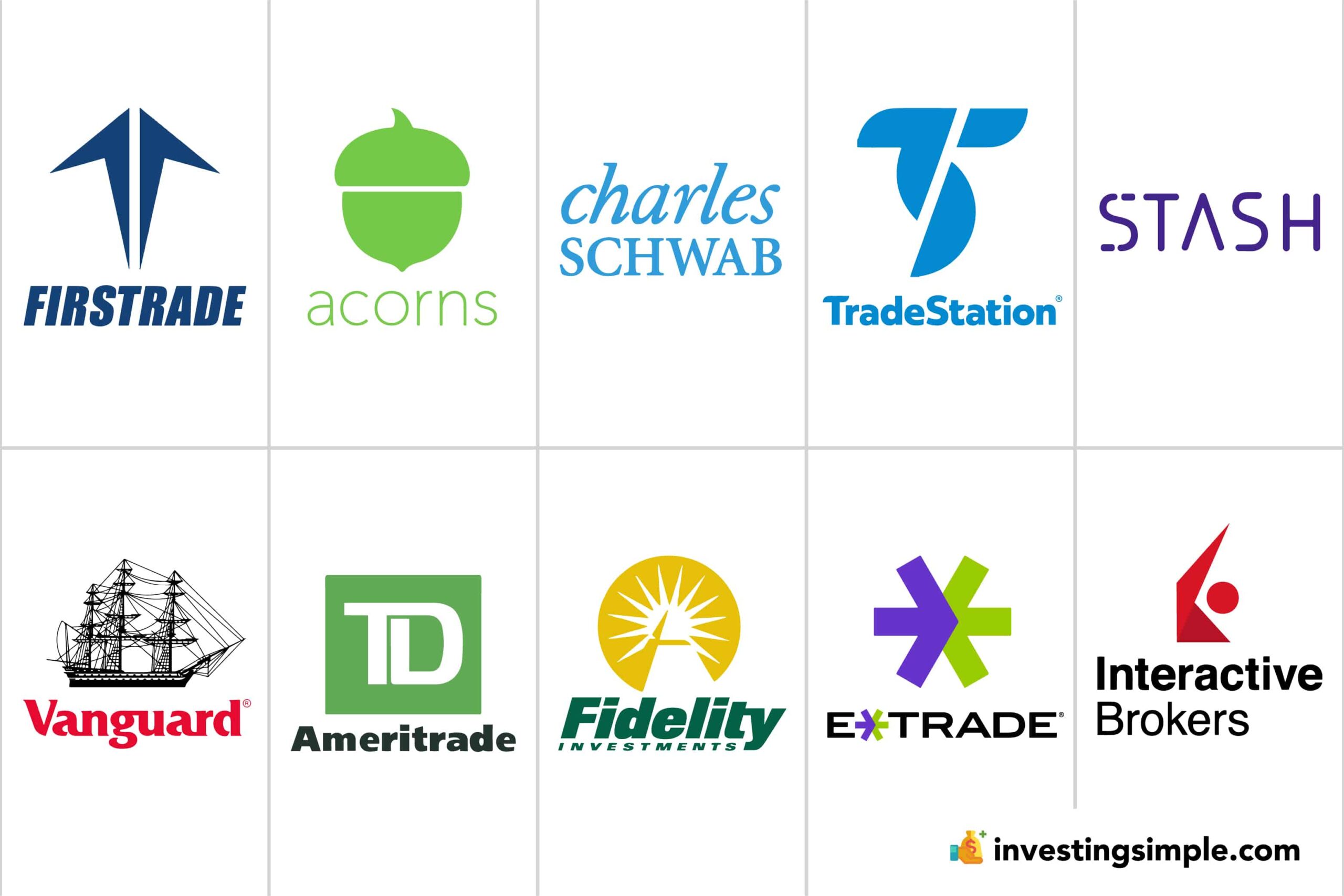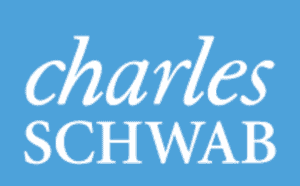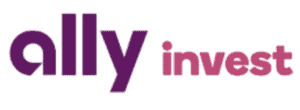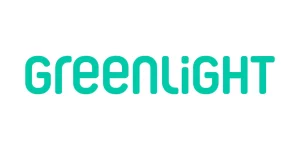





One of the best investments a parent can make for their child’s future is opening a custodial brokerage account. In 2025, the landscape of custodial investing has evolved significantly, with more brokerages offering enhanced features, competitive fees, and intuitive tools designed for families.
While gifts like toys and gadgets may bring temporary joy, custodial accounts continue to grow in value over time through investments that harness the wealth-building potential of the stock market.
Unlike traditional savings accounts, brokerage custodial accounts offer benefits such as fractional shares, commission-free trades, educational tools, and parental controls that empower parents and children alike to build financial knowledge and security.
Here is our updated list of some of the best brokerages offering custodial accounts in 2025, reflecting new platforms and evolving features.
A custodial brokerage account is a type of UTMA (Uniform Transfers to Minors Act) or UGMA (Uniform Gifts to Minors Act) account where an adult custodian (usually a parent or guardian) invests money on behalf of a minor.
All assets in the account are considered irrevocable gifts to the child and held in the child's name. Once set up, the assets legally become the child’s property when they reach the transfer age, which is typically age 18 or 21, depending on your state. Some states allow transfer ages up to 25.
While custodial accounts are often intended to fund college tuition or higher education, the child has freedom to spend the money as they choose after they take control.
It's also helpful to distinguish custodial accounts from other child-focused savings vehicles like 529 college savings plans or custodial Roth IRAs, which serve different financial goals and have distinct tax rules.

Charles Schwab remains a top choice for custodial accounts thanks to its no account minimums, commission-free stock and ETF trades, and no maintenance fees. Schwab also offers access to fractional shares and extensive educational resources tailored for families.
Parents can hand over a well-diversified portfolio or even use Schwab Intelligent Portfolios Premium robo-adviser options, though this requires a higher minimum ($25,000).

Interactive Brokers, known as IBKR, offers a strong platform for both beginners and experienced investors. Its IBKR Lite service provides zero-commission trades and requires no minimum deposit, making it excellent for custodial accounts.
IBKR allows investment in U.S. stocks, ETFs, options, and more, giving families flexibility to build diverse portfolios.

Firstrade continues to stand out with no minimum deposits, no custodian income limits, and commission-free trades on stocks and ETFs. This platform also offers educational resources and the innovative FirstradeGPT for research assistance.
Single custodian accounts are held under the child’s name and Social Security number, providing a straightforward and flexible investment vehicle.
Open A Firstrade Account Here!

Vanguard is renowned for low-cost index funds and no management fees for self-directed accounts. Their custodial UTMA/UGMA accounts are ideal for long-term investing with a wide selection of funds.
Parents benefit from easy money transfers and a user-friendly platform, with no account minimums and commission-free trades on ETFs and stocks.
![]()
E*TRADE’s Custodial Account is designed for ease of use, allowing parents or guardians to manage funds without deposit minimums or earnings caps. It features intuitive mobile apps and easy access to investments.
Funds can be accessed via a special debit card and checking account linked to the custodial account, making it simple to use and monitor.

Ally Invest offers custodial brokerage accounts with a variety of investment options integrated within Ally's broader banking ecosystem. Its simple platform and seamless connectivity with Ally Bank products can be especially convenient for families.

Fidelity Youth™ is specifically targeted at teens aged 13-17 to empower them with money management and investing skills. It includes a unique debit card that offers a 5-cent cashback per transaction and no ATM fees in the U.S.
Parents maintain oversight while kids gain independence in managing funds without any account fees regardless of balance.

M1 Finance provides custodial accounts limited to M1 Plus subscribers who pay $125 annually. Its standout feature is customizable investment pies that automate portfolio balancing across stocks and ETFs.

Acorns Early offers a modern approach to custodial investing through micro-investing and automated round-ups that turn spare change into diversified portfolios tailored for kids.
It has a monthly subscription fee between $3 to $12 depending on the plan, but offers personalized portfolios, educational content, and smart tax strategies to grow savings effectively.

Greenlight is a fintech platform combining custodial investing with allowance management and strong parental controls. It supports savings goals, real-time monitoring, and educational games to introduce kids to smart financial habits early on.

Merrill Edge is an excellent choice for Bank of America customers, offering seamless integration with banking, strong advisory services, and custodial accounts that include access to research and personalized advice.

Following its acquisition by Charles Schwab, TD Ameritrade custodial accounts are now integrated into the Schwab platform but continue to offer industry-leading research tools, user-friendly interfaces, and dependable custodial investing features.
| Broker | Fees | Minimum Deposit | Commission-Free Trades | Unique Features |
|---|---|---|---|---|
| Charles Schwab | $0 | $0 | Yes | Fractional shares, robo-advisors, strong education |
| Interactive Brokers (IBKR Lite) | $0 | $0 | Yes | Great for beginners & pros, broad products |
| Firstrade | $0 | $0 | Yes | Educational tools, FirstradeGPT research |
| Vanguard | $0 | $0 | Yes | Low-cost index funds, no management fees |
| E*TRADE | $0 | $0 | Yes | Debit card for funds, user-friendly apps |
| Ally Invest | $0 | $0 | Yes | Integrated with Ally Bank products |
| Fidelity Youth | $0 | $0 | Yes | Teens 13-17, debit card, parental monitoring |
| M1 Finance | $125/year (M1 Plus) | $100* | Yes | Automated “investment pies” |
| Acorns Early | $3–$12/month | $0 | Yes | Round-up investing, diversified portfolios |
| Greenlight App | $4.99–$7.98/month | $0 | Yes | Allowance management, parental controls |
| Merrill Edge | $0 | $0 | Yes | Bank of America integration, research tools |
| TD Ameritrade | $0 | $0 | Yes | Research & education, now part of Schwab |
Many brokers like Charles Schwab, Fidelity, and Firstrade have expanded their educational content, making it easier for kids and parents to learn about investing basics and build financial confidence.
Platforms such as Fidelity Youth and Acorns offer user-friendly mobile apps designed for younger investors, promoting engagement and easy account management on the go.
Apps like Greenlight and Fidelity Youth include features that allow parents to monitor and guide their child’s investing and spending in real time, balancing independence with oversight.
Contributions to custodial accounts are treated as gifts. Annual gift tax exclusion limits (currently $17,000 per donor per child) apply. Earnings up to $2,500 per year may be tax-free for the child, but income above that may be taxed at the child's or parent's rate depending on circumstances. Upon reaching the age of majority, the child gains full control, which is an important factor for parents to consider.
Yes. Once the child gains control of the account at the designated age, they can use the funds for any purpose, including but not limited to education.
There are no federal contribution limits for custodial accounts; however, contributions are subject to gift tax rules if they exceed the annual exclusion amount.
Custodial accounts allow more flexibility in how funds are used, can be invested broadly, and belong fully to the child at transfer age. In contrast, 529 plans are strictly for qualified education expenses but offer certain tax advantages.
Yes. Custodial accounts are considered the child’s assets and can have a greater impact on financial aid calculations compared to accounts owned by parents.